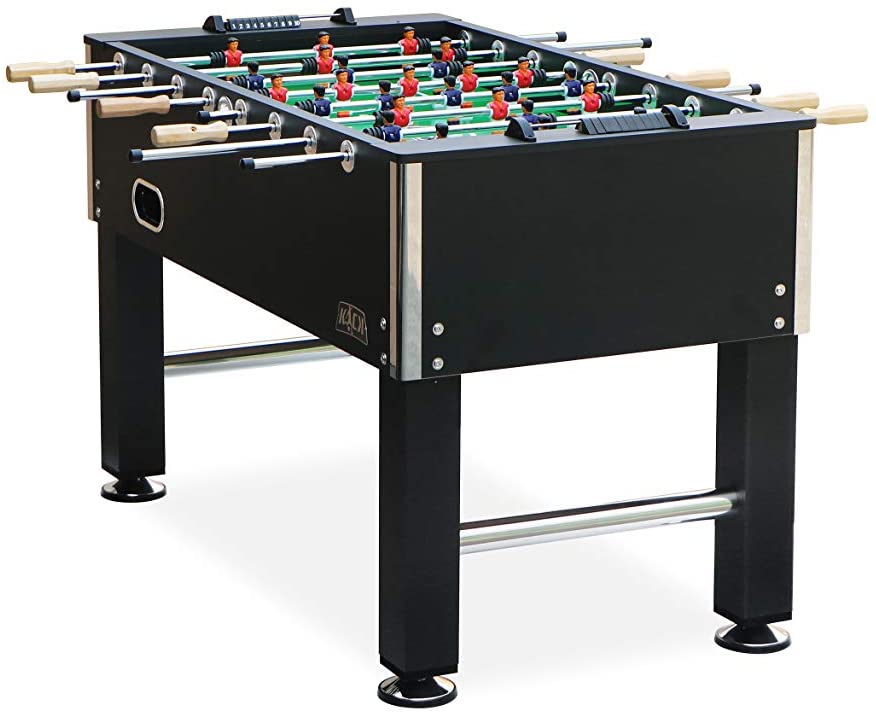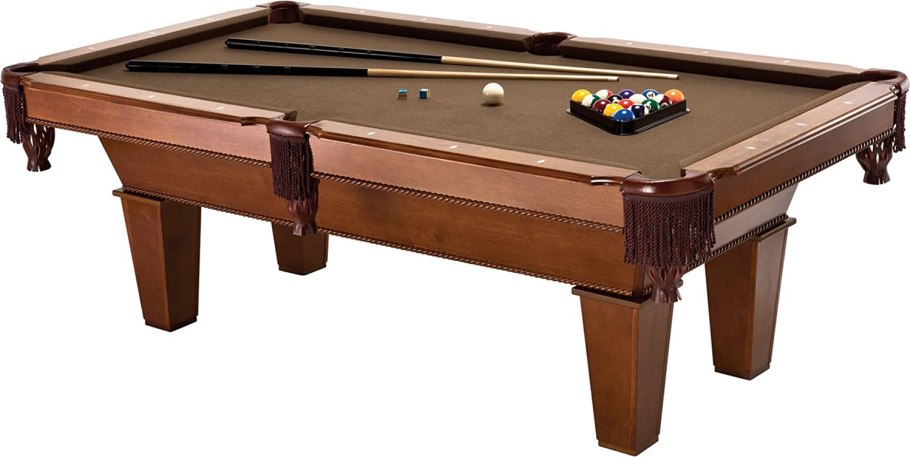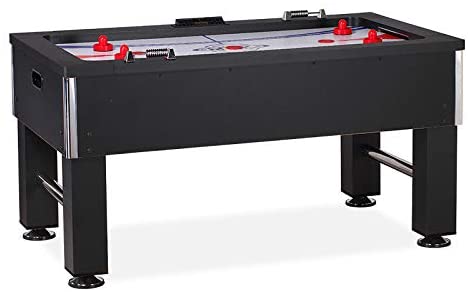How To Hang A Dart Board ?
Playing darts is very popular in both sports and the private sector. It’s a nice addition to your home game room. To establish the proper conditions for competition, it is important to hang the dart according to the rules. But the question quickly arises as to which dartboard distance and height should be taken into account.
In practice, this sometimes results in slightly different rules for dimensions. There is also a difference between soft tips and steel darts. Just dartboard measurement is simple and requires no expertise. In fact, it is easier than you think to measure dartboard height and distance and do it right.
Professional play is made possible only by adhering to the standards in dartboard measurement. When mounting a dartboard on the wall, the height and distance are regulated by the regulations of the federation and the rules of competition.
Contents
Dartboard distance and height - Regulation rules explained
Dartboard height
When hanging a dartboard, the height of dartboard from the floor is the crucial point. The values given always refer to the Bulls Eye, ie. in the middle of the dartboard. The center of the dart needs to be at exactly 1.72 meters from the floor. This is a small challenge in practice, as it would be easier to measure the marking of the top or bottom of the dartboard. Therefore, a small calculation is required in advance:
1 - Measure the diameter of your dart board. Example: It is a round board, and the distance from the highest to the lowest point is 40 centimeters.
2 - Divide the diameter by 2 so that you get the radius of the disc. The radius results in the example given as 40 centimeters divided by 2 equal 20 centimeters.
3 - If you now subtract the radius from the prescribed altitude, more precisely 1.72 meters, then you will get the height at which the lowest point of the disk must be on the wall. The deepest point of our example is located at an altitude of 1.72 meters minus 0.2 meters which is equal to 1.25 meters.
4 - If you add a radius to the specified altitude, you will get the top of the plate. The highest point in our example is at a height of 1.72 meters plus 0.2 meters equal to 1.92 meters.
Dartboard distance
Another important aspect is the distance between the dartboard and the ejection line. The distance is measured from the Bull’s Eye to the throwing line on the ground, ie. diagonally from top to bottom. It must be 2.98 meters with soft arrows. This information is in accordance with the provisions of the DSAB - Deutscher Sportautomatenbund eV. Steel arrows have a value of 2.93 m (VAT). Since measuring these diagonals in practice can be complicated, we can alternatively take the easy route - we measure from the point on the ground below the dart to the ejection line.
A distance of 2.37 meters must be observed for steel darts and 2.44 meters for soft darts. These values can in principle be calculated from a height of 1.72 meters and a diagonal of 2.98 meters and 2.93 meters, respectively, with the help of Pythagoras’ algorithm. However, mathematical control of these values results in small deviations. This results in a rounding error because originally it was calculated in inches.
To sum up, there are two ways to determine the dartboard distance:
- Option 1: Measure the diagonal between the Bulls-Eye and the delivery line:
Soft Dart: 2.98 meters
Steel Arrows: 2.93 meters
- Option 2: Measure the horizontal distance
Soft Dart: 2.44 meters
Steel Arrows: 2, 37 meters
Some specialty store offers small diagonal distance measuring chains, which simplify measurement, you might be able to find it nearby. The length of the chain corresponds exactly to the prescribed distance for darts. If you decide on a horizontal measurement, it must be ensured that the floor is not uneven, for example, due to different heights of the floor covering.
Also, the distance near the mounting plate is essential. A minimum distance of 0.9 meters must be maintained from the middle of the Bull’s Eye to the wall. If there are no walls next to the dartboard, but another dartboard, the distance between the two darts must be at least 1.80 meters. Behind the ejection line, a free space of 1.25 meters is required. As a result, the participants have enough space and can take a comfortable standing position for optimal performance.
Step By Step Guide How To Mount The Dart On Wall
- Select an appropriate wall, with enough space around according to our previous explanation.
- Take measurement of whereabout you’ll need the dart to be.
- Mark the upper and lower point of the dartboard
- If there are screw holes on the side of the target area, hold the board against the wall matching the markings in step 3. Draw the holes with a pencil.
- If there aren’t screw holes, find out the middle point between the markings you made in step 3 and mark it with a pencil.
- Remove the board from the wall, put it aside and drill the screw holes (if applicable).
- Insert the screw or hook into the drilled holes.
- Attach the board to the wall and fasten it with screws.
- When attaching, the “20” mark must point upwards, ie. At 12 o’clock.
To Sum Up How To Hang A Dart Board - Quick Tips For You:
- “20” must be aimed at 12 hours
- Bull’s eye height: 1.72/1.73 meters
- Diagonal distance: 2.93 m (steel darts) / 2.98 m (soft darts) - Measure the diagonal distance between the Bull’s Eye and the ejection line
- Horizontal distance: 2.37 m (steel darts) / 2.44 m (soft darts)
- Lateral distance from the wall: 0.9 meters to 1.2 meters
- Distance between two dartboards: 1.8 meters
- Distance behind the throwing line: 1.25 meters to 1.50 meters

 (4.8 / 5)
(4.8 / 5)

